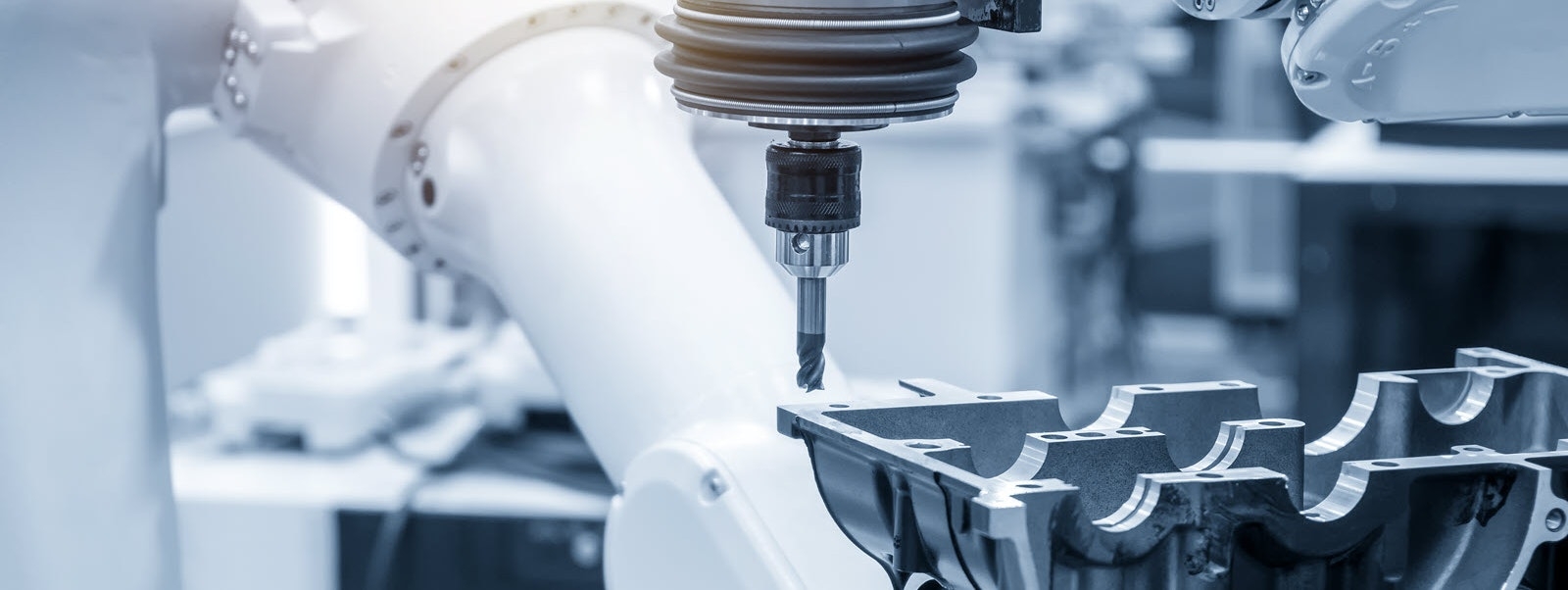By Thomas Kautzsch
The article first appeared in the Harvard Business Review on June 1, 2016.
Germany’s automakers, auto suppliers, machinery companies, and machine tool builders have long been considered the world’s leaders in manufacturing in large part because of their ability to unlock the potential of software, sensors, networks, and electronic devices on their assembly lines. Now, they are pioneering a new phase of global digital manufacturing that will transform the key processes surrounding the manufacturing of everything from automobiles to trains, planes, machinery, and even kitchens.
By digitizing the processes that govern how a new idea is brought to production (such as R&D, product launch, and testing), sales to delivery (pricing, demand forecasting, order fulfillment), and factory maintenance (including the inventorying of spare parts), German manufacturers in the auto industry and elsewhere are already beginning to significantly improve their margins.
By 2030, we estimate there is the potential for manufacturers worldwide to realize an estimated $1.4 trillion upside by taking a page from leading German manufacturers’ playbooks.
The majority of these gains will be realized from better management of pre- and post-production processes – the rest will continue to be derived from the actual manufacturing or production. What follows describes how German manufacturers in particular are rewriting the rules for industry globally on several fronts:
Idea To Production
It used to be that every new car model required 20 extra hours of work driven by quality issues or purely unplanned changes that its designers and engineers required. Each new car costs the automotive OEM anywhere from a few to several hundred dollars in extra cost. With German automakers launching several new models in huge volumes every year these costs quickly add up to billions of dollars.
But digital technologies now being deployed by German automakers promise to save them $100 million per new car launch on average by integrating design and change data more closely with the production process. By simulating the production of a new car on the car’s structural force field using as few as 100 prototype or validation models, engineers can now estimate what each change might do to the overall performance of the car and how much it would cost to make the change before cutting a single sheet of metal or forming a piece of carbon fiber or any other composite material.
Sales To Delivery
By relying more on big data demand forecasting techniques now being pioneered by German manufacturers, we estimate that manufacturers globally could boost their margins by $600 billion over the next 14 years. Today, about 75% of global automotive production now follows a built-to-stock logic based on dealers’ judgments. Showcased cars rarely match the preferences of customers, who are reluctant to pay for options they do not require. And built-to-stock cars have extended turnover times, making dealers hesitate to order expensive options only to be forced to sell cars at discounts.
Some German automakers have already begun to boost their profit per vehicle by several hundred dollars by more systematically analyzing dealer information, customers’ online configurations, and current and past take rates to determine their built-to-stock cars to display. Soon, many will take this analysis to an even higher level by incorporating even more real-time information from sources such as third-party research data, customer-relationship managements systems, competitor information, and online forums. By doing so, they can forecast the effective demand for models and options at individual dealers even more precisely and sell cars more quickly with fewer discounts.
At the same time, other types of manufacturers can improve their assembly lines’ utilization in spite of shorter term variations by developing real-time simulation and feedback loops between their shop floor and engineering. Take high-end kitchen and cabinetry manufacturing, for example . Known for their straight line looks, expensive wood veneer finishes, gleaming stainless steel fronts, and use of granite counter tops, German kitchens have traditionally taken a long time to be delivered because their production was based on taking standardized, modular pieces, and then incorporating customer-specific elements by hand.
The process used to be labor-intensive and slow – frustrating homeowners with 3-4 month waits. But kitchen manufacturers are cutting the time required to deliver seamless German kitchens to the end consumer by automating “lot size one” manufacturing, with digital representation of every choice that the homeowner has made. Everything from the faucet to the dishwasher is integrated into the design, and all cutting, forming, and fabricating is done in collaboration with all the various suppliers of the individual pieces.
Smart Maintenance And Equipment Performance
German manufacturers are now deploying 3D printing and modeling techniques that will eventually completely change the way manufacturers maintain their factories. Malfunctioning software used to be a major cause for delays, on-site reworks, and cost overruns at plant engineering companies.
Now, plant maintenance is being conducted faster, more reliably, and at lower cost thanks to 3D digital mocks-ups of entire factories and lines – including the modules that go into them. These mock-ups simulate processes in real-time and are developed upfront. So new software can now be commissioned and deployed without software engineering experts ever setting foot on the factory floor.
With real-time monitoring and improved analytics, German machine operators are also increasingly avoiding replacing parts too early or too late. Instead, they can bring their stock levels more in line with actual needs. By using 3D printing to obtain parts “on demand” with very short lead times, many are avoiding keeping a large stock of spare parts on hand.
A new generation of manufacturing innovations is already underway in Germany and elsewhere around the globe. But the greatest gains in what amounts to the next phase of a global industrial revolution will actually come from how algorithm-based decision making will enable manufacturers to conduct everything from pricing to product planning to supply chain management and research and development more efficiently.
Armed with real-time information with customer demand, production capacity, operational performance and product quality, German manufacturers offer a glimpse at how what product managers do in the future could change almost beyond recognition. Already, these manufacturers are making significant gains in figuring out new ways to provide customers more choices while raising the level of their products’ quality at a lower cost and a much faster pace. New digital approaches are appearing every day. If they’re not already, soon, manufacturers globally will likely follow in their footsteps.
This article is posted with permission of Harvard Business Publishing. Any further copying, distribution, or use is prohibited without written consent from HBP - permissions@harvardbusiness.org.



